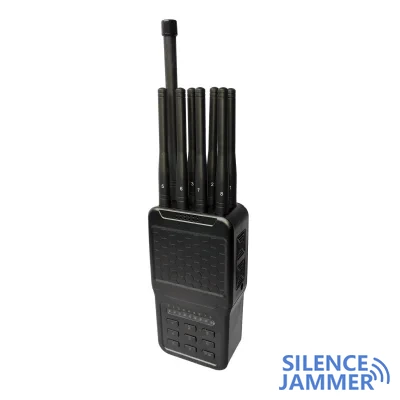South Carolina recently conducted a major experiment to test the effectiveness of cell phone jammers, a move aimed at preventing prisoners from using illegal cell phones to communicate inside prisons. The test, conducted at the Broad River Correctional Facility in Columbia and personally supervised by Governor Brian Sterling, was designed to evaluate whether jamming technology can effectively prevent prisoners from contacting the outside world through illegal means.

Governor Sterling said the trial is critical to public safety because illegal cell phones in prisons can lead to a number of problems, including prisoners organizing criminal activities, distributing illegal items, and other activities that endanger public safety. These phones may not only be used for prohibited activities, but also become catalysts for violent crimes and other criminal behavior.

In this test, prison officials used micro-jamming technology to try to prevent illegal cell phones from communicating inside prison walls while avoiding interference with cell phone service outside the prison. The purpose of this technology is to precisely interfere with specific areas inside the prison to ensure order and safety within the prison while not affecting communications in the surrounding community.
Such trials are not only being conducted in South Carolina, but the federal prison system is also conducting similar tests in Maryland. This shows the importance that the prison system attaches to taking measures to prevent illegal communications and the potential for the application of jammer technology in such scenarios. Sterling emphasized that although the final results of the test have not yet been determined, he is optimistic about the potential of jammer technology and believes that it can be an effective tool for managing prisoner communications and safety.

However, the use of signal jammers has also caused some controversy and challenges. Some people are concerned that even interference targeted at prisons may accidentally affect communications in the surrounding community, especially when problems may arise during the operation and adjustment of the technology. In addition, the use of jammer technology must be carried out within the legal and regulatory framework to ensure that the individual's right to communication and other legitimate rights and interests are not violated.
In summary, mobile phone jammers, as a technical tool, are expected to effectively manage prisoner communications in prison environments, reduce the occurrence of illegal activities, and enhance public safety.


